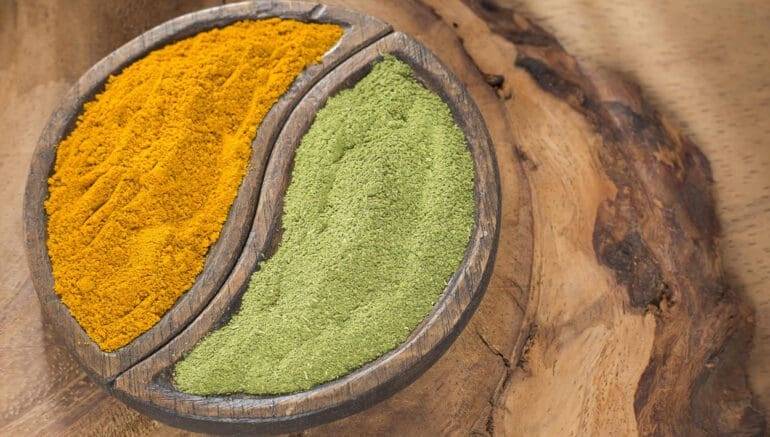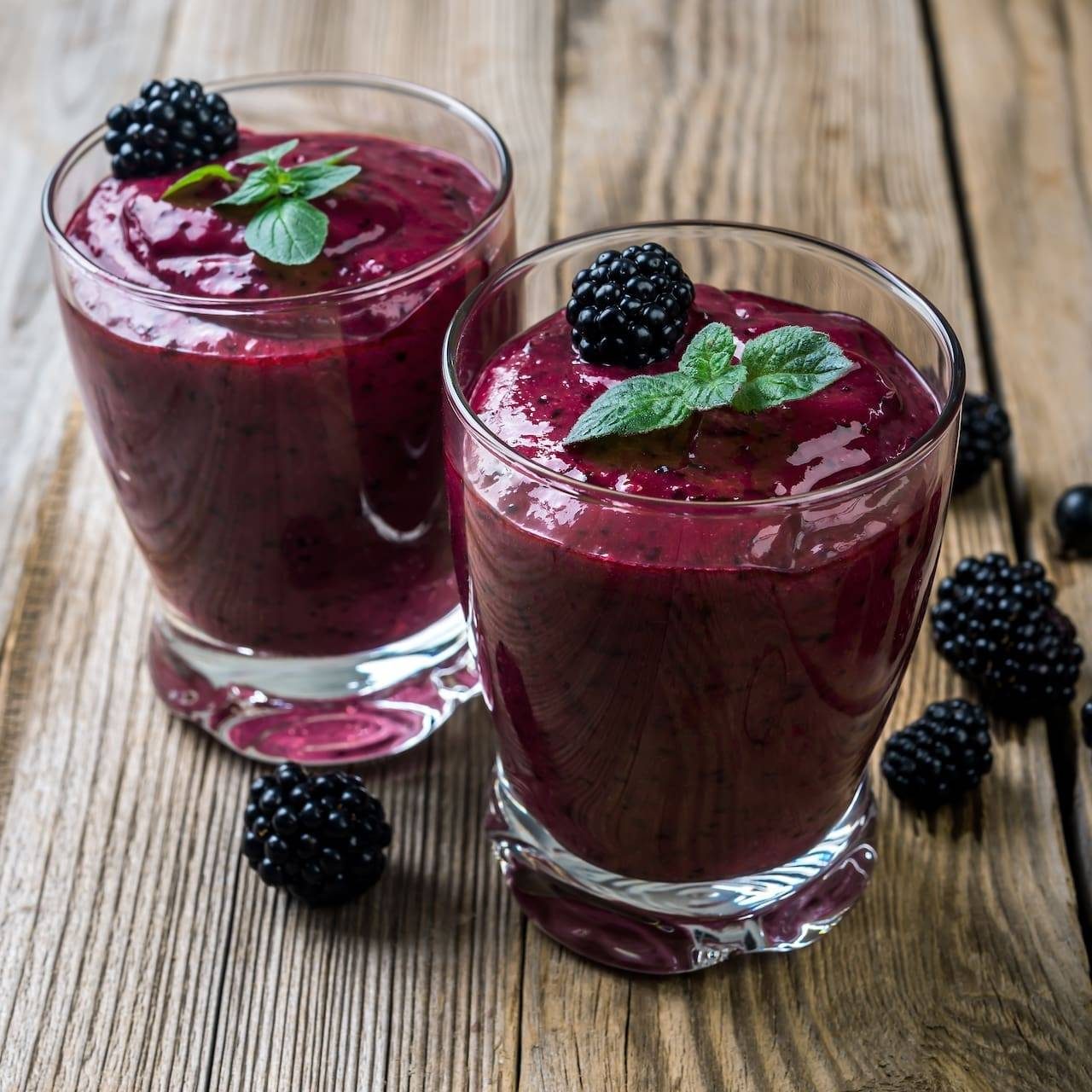
May 4, 2021
Battle of the superfoods: Moringa vs Turmeric
- With permission:
- Kuli Kuli Foods
- July 29, 2020
- dwkeirstead
While you may have only seen the word “moringa” in the last few years, how much do you know about it? How does the superfood moringa compare to other superfoods like turmeric? Turmeric is often used for conditions involving pain and inflammation, and moringa can also help with inflammation.
Moringa vs. Turmeric: A recap
Morina has been showing up strong in the Battle of the Supergreens, a lively series where we compare superfoods with each other. Both moringa and turmeric are really healthy additions to your diet. We recommend a Moringa Turmeric Smoothie after reading this article!
Superfoods and inflammation
Inflammation is more than a sprained ankle or scraped knee. It can happen to any tissue in the body. Through inflammation, our body communicates that something is amiss. And food does play a role in how our bodies respond to inflammation.
Moringa’s anti-inflammatory prowess has been somewhat overshadowed by the relative popularity of another superfood… turmeric. As an anti-inflammatory, moringa may be more effective at reducing inflammation than turmeric.

There are already more than enough reasons to make moringa a regular part of your diet. To give a quick snapshot, moringa has twice the protein, three times the calcium, and four times as much iron as kale. Beyond these amazing nutritional properties, research is now pointing to the fact that moringa should be your anti-inflammatory of choice.
But just how strong of an anti-inflammatory is moringa? We decided to compare it to turmeric in an anti-inflammatory battle royale?
Comparing anti-inflammatory superfoods
Before we compare the anti-inflammatory properties of two different foods, we must first understand how the foods actually reduce inflammation. Turmeric is a root, related to ginger, and is used in food and cooking. Its principle anti-inflammatory compound is a curcuminoid phenol compound known as curcumin. Curcumin is also what gives turmeric its yellow colour.
Moringa is similar to broccoli in that it is a cruciferous vegetable and contains glucosinolates that can form isothiocyanates. Isothiocyanates can also be found in cruciferous vegetables like broccoli and kale. Isothiocyanates are readily absorbed in the body and have been well-studied in broccoli.
Emerging research on moringa has shown that the isothiocyanates in moringa are even more stable and bioactive than those found in broccoli. These compounds reduce inflammation by reducing the production of nitric oxide (NO) and inflammatory markers. Additionally, they are able to activate a detoxification pathway known as Nrf2.
A recent study found that the isothiocyanates were more effective at reducing inflammation markers than curcumin. In the test, Curcumin reduces nitric oxide (NO) production by 5-30% while similar concentrations of moringa isothiocyanates reduced NO by 72-93%. Moringa was also more effective at reducing concentrations of three different inflammatory markers including iNOS, IL-1β, and IL-6.
Turmeric is not readily absorbed
Turmeric is not as easily absorbed when eaten on its own, which brings to question its bioavailability. One of the best ways to solve this problem is to eat turmeric in conjunction with black pepper. Black pepper contains an alkaloid called piperine, which significantly boosts the body’s ability to absorb turmeric. However, this can be a hassle as it takes a few hours after consumption for piperine’s effects to peak.
Additionally, if you don’t have the time to eat pepper in advance, there aren’t many cases in which black pepper and turmeric go well together. Finally, despite turmeric’s popularity as an anti-inflammatory, there isn’t enough research that has proven clinically the anti-inflammatory effects of curcumin.
Moringa has higher bioavailability
Isothiocyanates may be more bioactive and easily absorbed in the body than curcumin. No need to worry about pre-gaming your moringa with pepper because your body can absorb it all by itself. Moringa also gives you a host of other health benefits beyond what your typical green vegetable is capable of providing. This is in part because while most greens are 90% water, moringa is only 80% water, making it more nutrient-dense than most leafy greens.
Of course, this isn’t to say turmeric isn’t good for you (it is a superfood after all). However, in terms of anti-inflammatory foods, moringa may be a simpler and more versatile ingredient to add to your anti-inflammatory lifestyle. If you’re looking for a natural solution to reducing inflammation, add moringa to your favourite smoothies, shakes, and any sweet or savoury dish.
It’s just one more reason to eat moringa every day as part of a healthy diet. Still not convinced? Eating moringa can also help reduce blood sugar and bad cholesterol.
Super anti-inflammatory smoothie
Ingredients:
- 1 cup frozen berries (blackberries and blueberries if you can find them)
- 3-4 chunks fresh/frozen pineapple
- 3/4 of a banana
- 1 tsp Moringa Powder
- ¼ tsp ground turmeric OR 1.5 cm turmeric root, chopped
- 1 tbsp flax seeds
- 1 cup coconut milk
- Water
Instructions:
Add all of the ingredients to a blender and blend until smooth & creamy.



